A. Market Perspective
1. Macroeconomic Liquidity
- Improvement in monetary liquidity. In the past few weeks, the U.S. stock market has experienced one of the most rapid adjustments since the pandemic. Currently, expectations for U.S. tariffs have softened, boosting market sentiment, and signals of a bottom in the U.S. stock market have emerged, though they are not yet fully in place. The cryptocurrency market has followed the U.S. stock market with a volatile rebound.
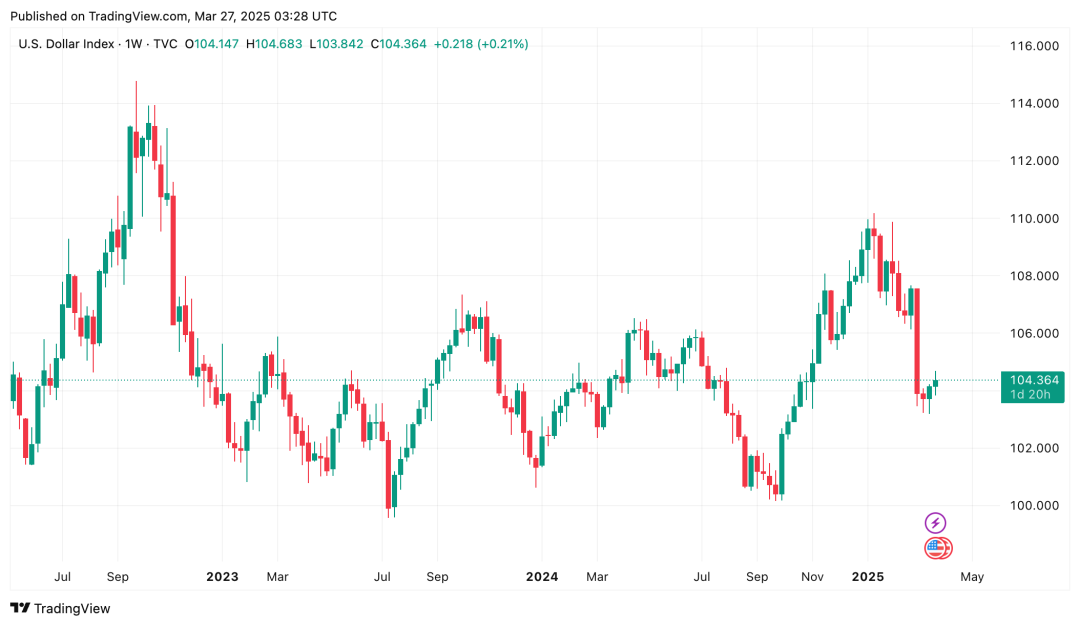
2. Overall Market Trends
Top 300 by market capitalization:
- This week, BTC rebounded with volatility, and MicroStrategy added $600 million in BTC over the past week. The main focus of the market is around the BSC chain and SOL chain.
Top 5 Gainers
Gains
Top 5 Losers
Losses
ZETA
60%
NTGL
60%
LAYER
60%
PI
30%
FARTCOIN
50%
PLUME
20%
MEW
40%
SATS
15%
BEAM
40%
XCN
10%
- SOL: Market maker JUMP is back in action, with recent OTC needs to offload.
- FORM: A meme launch platform on the BSC chain, which has introduced a liquidity incentive program totaling $100 million.
- HYPE: The on-chain exchange HYPE's treasury was allegedly attacked by market maker JELLYJELLY, leading to a centralized delisting and loss of trust. Small coin contracts are easily manipulated.
3. On-Chain Data
The inflow of new demand for BTC continues to weaken, with most short-term investors currently in a loss position, while the supply from long-term holders is starting to increase again. Currently, short-term holders hold 40% of the wealth, peaking at 50% in early 2025. This peak is still significantly lower than in previous cycles, when the wealth held by new investors peaked at 70-90%, possibly related to the large institutional investments in ETFs during this round.

Market capitalization of stablecoins has significantly decreased, with funds seeking safety.

Institutional funds have regained optimistic sentiment, breaking a five-week outflow trend.
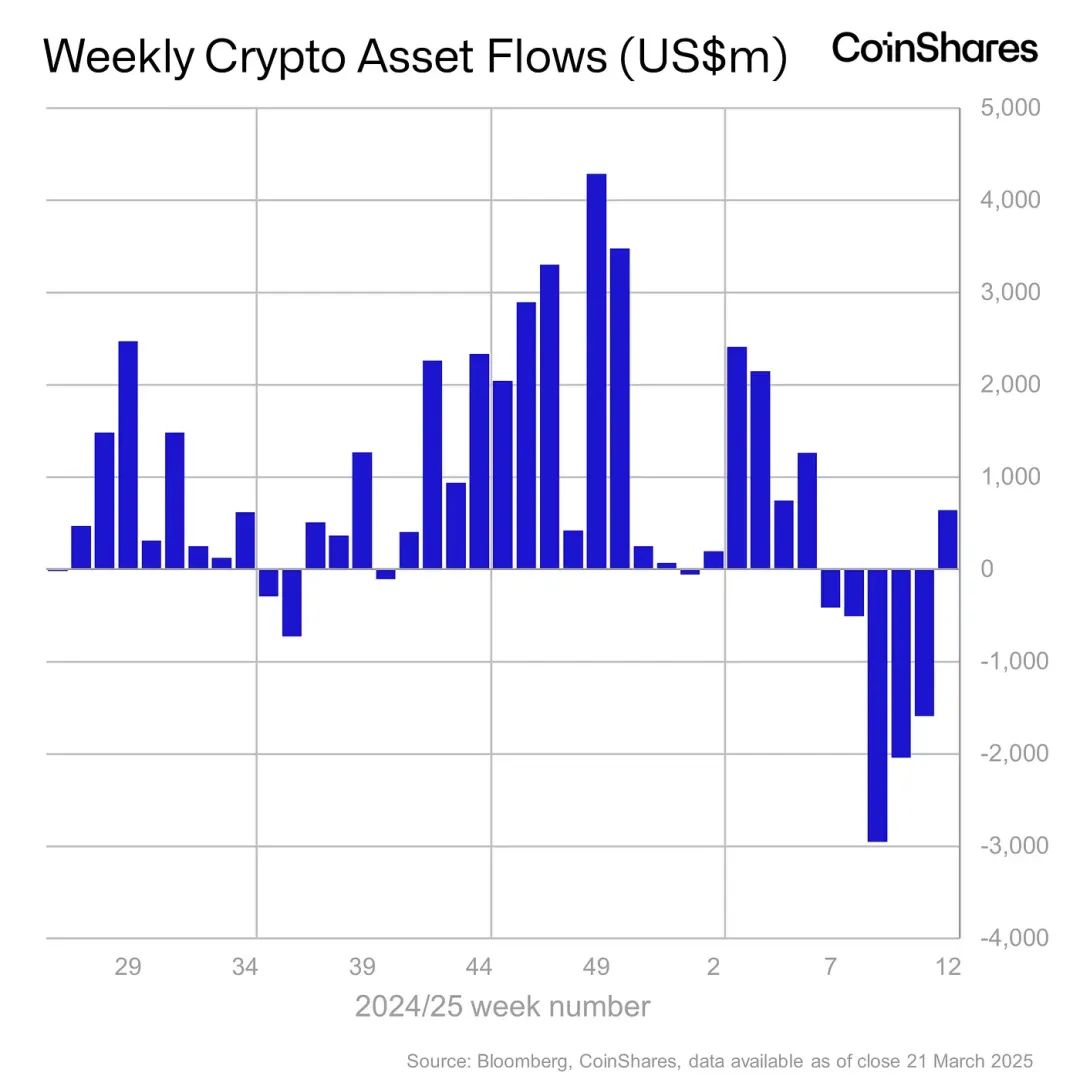
The long-term trend indicator MVRV-ZScore, based on the total market cost, reflects the overall profitability of the market. When the indicator is above 6, it indicates a top range; when below 2, it indicates a bottom range. MVRV has dropped below the critical level of 1, indicating that holders are generally in a loss position. The current indicator is 2.0, approaching the mid-range of the market.
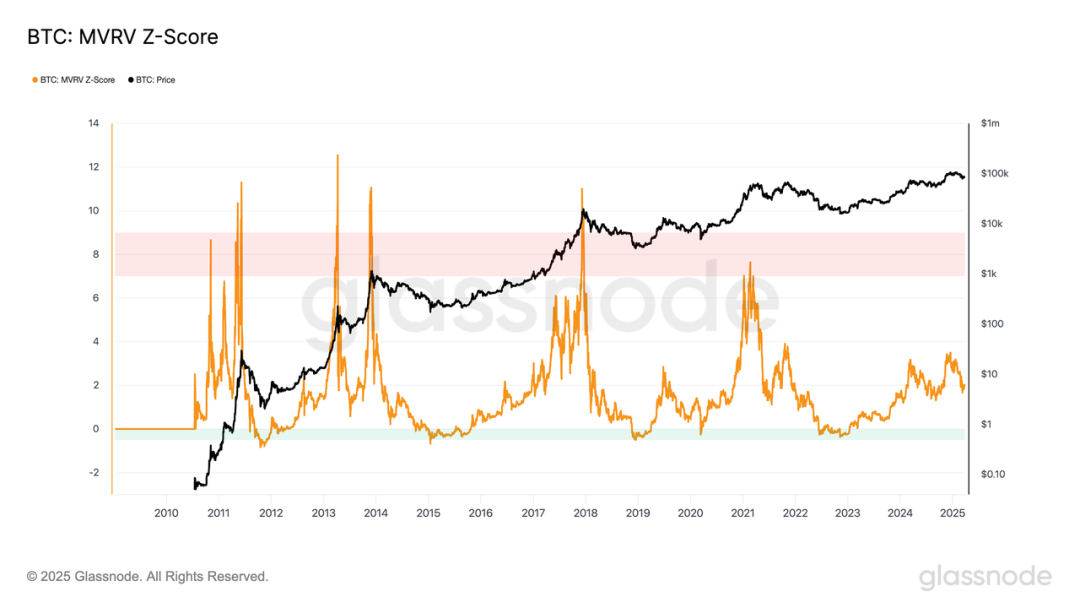
4. Futures Market
Futures long-short ratio: 1.1, indicating normal market sentiment. Retail sentiment often serves as a contrarian indicator; below 0.7 indicates fear, while above 2.0 indicates greed. The data on long-short ratios is highly volatile, reducing its reference significance.
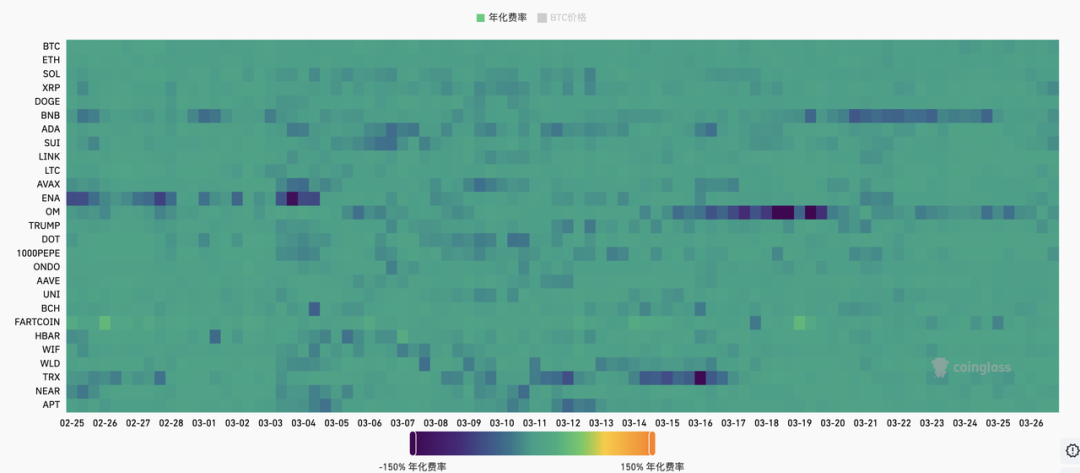
Futures open interest: This week, BTC open interest has slightly decreased, indicating a lack of market activity.
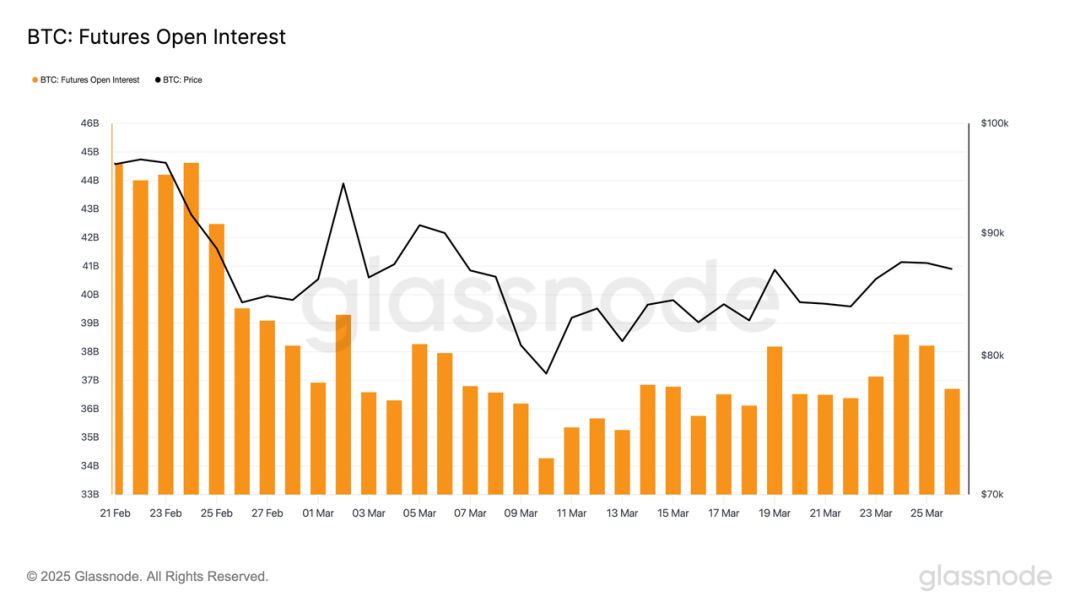
Futures funding rate: This week, the rate is low at 0.01%. A rate of 0.05-0.1% indicates a high level of long leverage, suggesting a short-term market top; a rate of -0.1-0% indicates a high level of short leverage, suggesting a short-term market bottom.

5. Spot Market
BTC experienced a volatile rebound this week. Market volatility has significantly decreased, indicating a recovery period after a sharp decline. The market is taking a breather, with exchanges accelerating the listing of VC coins.
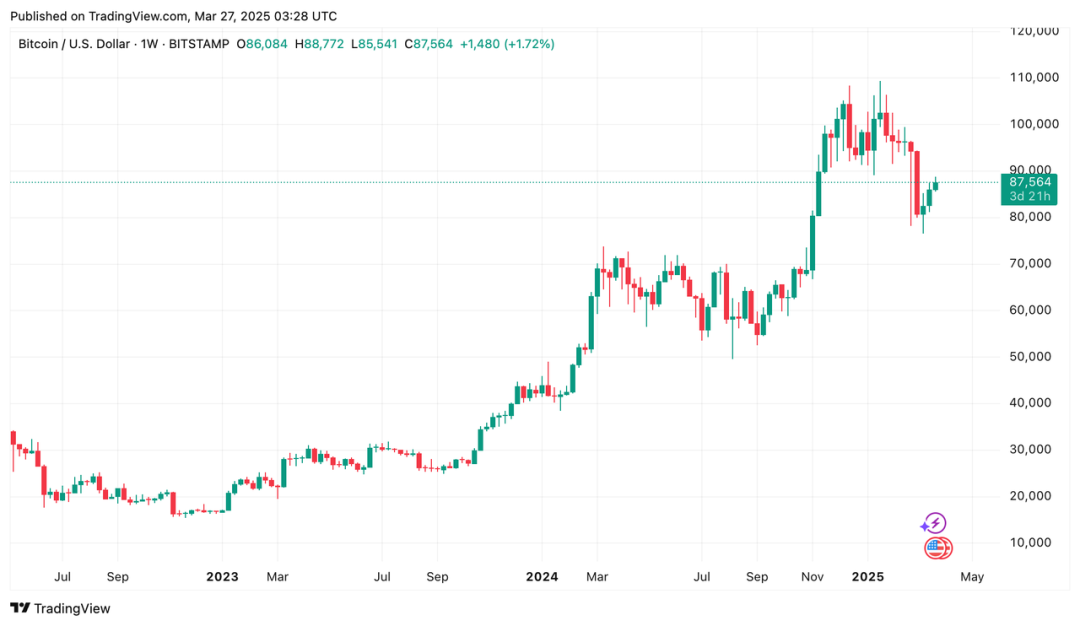
B. Public Chain Ecosystem
1. BTC Ecosystem
Strategy continues to increase its holdings by nearly 7,000 bitcoins, with its newly launched perpetual preferred stock STRF listed on NASDAQ, demonstrating its ongoing commitment to maximizing Bitcoin holdings.
Michael Saylor, founder of Strategy, disclosed on platform X that the company has increased its holdings by 6,911 bitcoins at an average price of approximately $84,529 between March 17 and March 23, with a total investment of about $584.1 million, yielding a 7.7% return on BTC year-to-date. As of March 23, 2025, Strategy's total Bitcoin holdings have reached 506,137 bitcoins, with a cumulative purchase cost of approximately $33.7 billion and an average holding cost of $66,608.
On March 26, Strategy's Strife perpetual preferred stock (STRF) officially began trading on NASDAQ, with the financing scale raised from the original $500 million to $722.5 million, and a fixed annual dividend set at 10%.
STRF aims to serve as a high-yield bond-like asset, with the core goal of directing as much capital as possible into Bitcoin investments. As a debt instrument, STRF operates in the form of dividends rather than relying on capital appreciation returns. The launch of this product further underscores Strategy's strategic commitment to maximizing Bitcoin holdings in any market environment.
2. ETH Ecosystem
The Ethereum Pectra upgrade has successfully launched on the new Hoodi testnet, with the introduction of EIP-7702 enabling multi-currency payment of gas fees.
The Ethereum Pectra upgrade has successfully launched on the new Hoodi testnet. The launch of the Hoodi testnet follows issues encountered with the previous Holesky and Sepolia testnets, aiming to ensure developers can fully test features such as validator exits. Currently, the Hoodi testnet is under close monitoring to ensure the stability and reliability of the upgrade, preparing for subsequent mainnet deployment.
The Pectra upgrade aims to address several challenges faced by the Ethereum network. One of the changes is the addition of smart contract functionality to wallets, allowing wallet software developers to build new convenient features, such as the ability to pay transaction fees in cryptocurrencies other than Ether (ETH).
Ethereum developers previously agreed that if everything goes smoothly on Wednesday, Pectra will undergo approximately 30 more days of monitoring before being finally enabled on the Ethereum mainnet.
Celo has successfully migrated to the Ethereum Layer 2 network, continuing to expand the Ethereum network.
Celo, an independent Layer 1 blockchain launched in 2020, officially completed its migration to the Ethereum Layer 2 network on March 26. This migration took nearly two years and ultimately adopted Optimism's OP Stack technology. The upgrade aims to enhance Celo's security, scalability, and interoperability with the Ethereum ecosystem. After the migration, Celo's block generation time has been significantly reduced from 5 seconds to 1 second, greatly improving transaction speed. Additionally, Celo will continue to maintain its ultra-low transaction fees of under one cent.
For users, the migration means faster transaction confirmations and lower costs. Furthermore, Celo now has native Ethereum bridging capabilities, reducing reliance on third-party bridges and enhancing security.
Developers will also benefit from this upgrade, as they can more easily build applications on Celo, which is now fully compatible with the Ethereum Virtual Machine (EVM) and can conveniently use Ethereum's development tools and resources.
Marek Olszewski, CEO and co-founder of cLabs, stated that this migration is Celo's "homecoming," combining the powerful network of Ethereum with Celo's speed and economy. Ethereum co-founder Vitalik Buterin also welcomed Celo's addition.
Data TVL 46.288b, up 1.53% from last week.
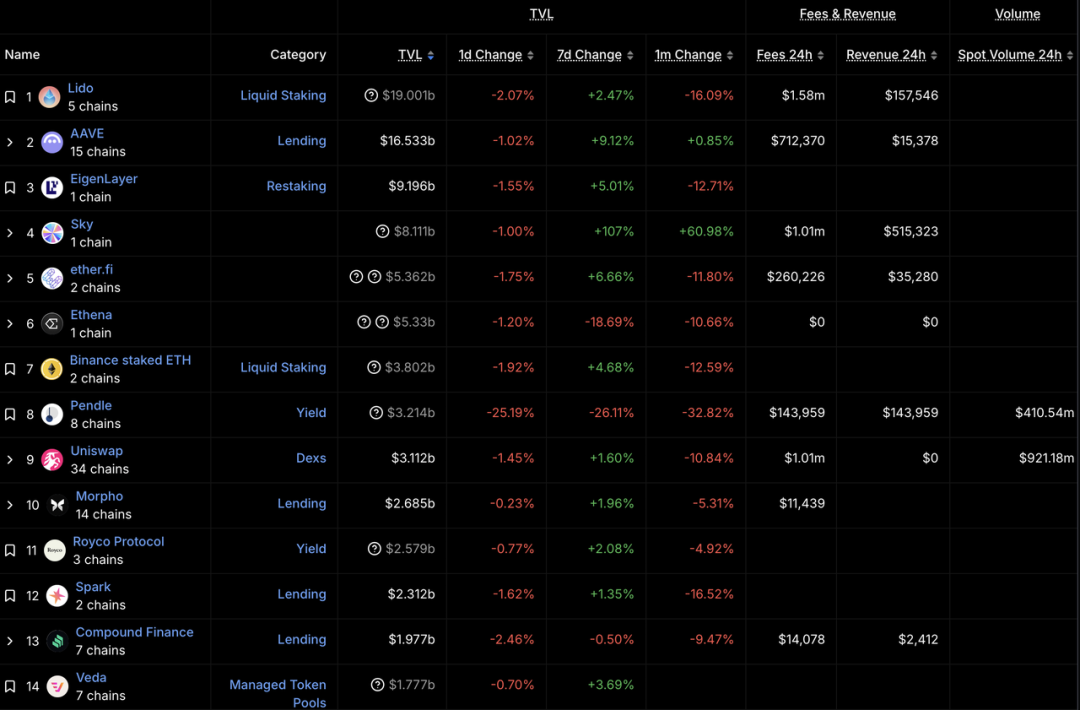
3. TON Ecosystem
The HiBit DEX, with its full-chain compatibility, has launched in the TON ecosystem and is expected to play a significant role in connecting the TON ecosystem with other blockchain networks.
On March 24, 2025, Hibit announced the completion of a new round of financing amounting to $5 million. This round of funding will be used to further enhance the Hibit ecosystem, focusing on advancing Layer 2 infrastructure development, Hibit DEX growth, cross-chain interoperability technology optimization, and deepening the layout of the AI Agent economy.
As the first core application of the Hibit Layer 2 ecosystem, Hibit DEX combines the advantages of centralized exchanges (CEX) and decentralized exchanges (DEX), aiming to achieve an efficient trading experience at millions of TPS and support permissionless token issuance. At the same time, Hibit DEX deeply integrates the AI Agent economy and the Meme community, providing users with a richer trading ecosystem.
Leveraging the cross-chain interoperability capabilities of Hibit Layer 2, this DEX is expected to play a key role in connecting the TON ecosystem with other blockchain networks. This capability not only attracts users and liquidity from outside the TON ecosystem but also aligns with the growing market demand for seamless transfer of cross-chain assets and data, making interoperability solutions more strategically valuable. As a trading hub supporting multi-chain interactions, Hibit DEX has the potential to become a bridge for TON ecosystem users to access other blockchain networks, while also providing convenient access to the TON ecosystem for users from other chains, thereby driving the growth of trading volume and network activity between Hibit and the TON ecosystem.
Data: TON DeFi locked value is $170.3 million, up 14.99%.
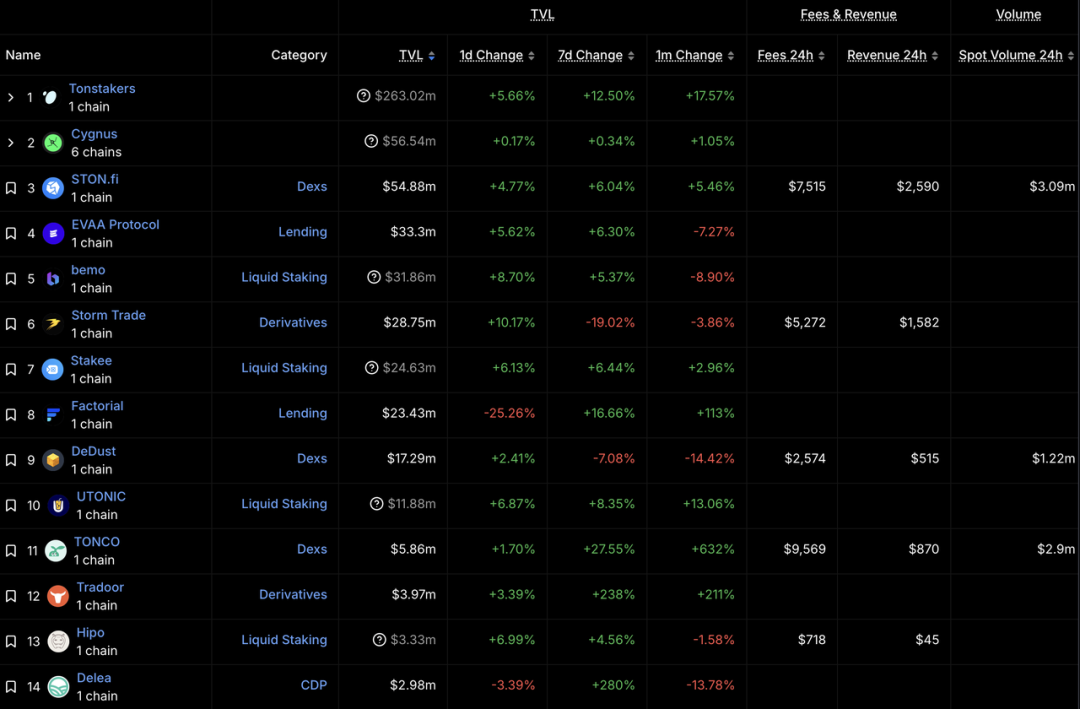
(Data source: https://defillama.com/chain/TON?groupBy=daily)
4. SOL Ecosystem
Pump.fun launches its native DEX PumpSwap, further compressing Raydium's survival space.
On March 21, 2025, Pump.fun officially announced the launch of its decentralized exchange (DEX) — PumpSwap, marking the platform's transition from a single token issuance platform to a comprehensive platform integrating token issuance and trading.
PumpSwap adopts a constant product automated market maker (AMM) model, operating similarly to Raydium V4 and Uniswap V2. PumpSwap features instant migration, zero migration fees (previously 6 SOL), stronger liquidity, and creator revenue sharing. Subsequently, a certain percentage of the protocol's revenue will be shared with token creators. Each transaction on PumpSwap incurs a 0.25% fee, of which 0.20% goes to liquidity providers and 0.05% is allocated to the protocol; however, after the creator revenue sharing feature is launched, the fee distribution will change.
After its launch, PumpSwap quickly gained market recognition, capturing 21% of the Solana ecosystem DEX market share within just one week, with a trading volume reaching $1.5 billion. This breakthrough allows meme coins to seamlessly migrate to PumpSwap for trading, further consolidating Pump.fun's dominant position in the meme coin trading space and posing strong competition to Raydium. In just one week, PumpSwap processed over 14 million transactions, generating a cumulative trading fee revenue of $3.03 million.
Previously, Raydium announced plans to launch a meme coin issuance platform called LaunchLab, which was widely viewed as a response to Pump.fun's self-built AMM ecosystem. However, if Raydium fails to timely launch LaunchLab and establish a competitive advantage in token issuance and trading experience, its market share may be further compressed, potentially affecting its long-term survival in the Solana ecosystem.
DeFi data: TVL is $6.809 billion, down 0.24%.
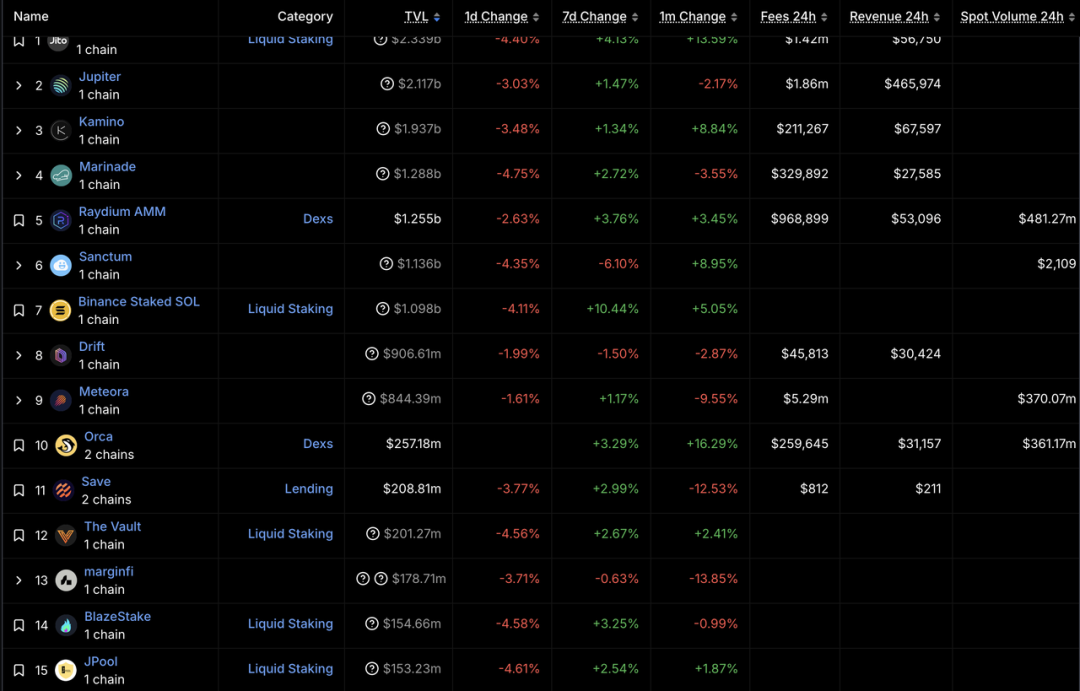
免责声明:本文章仅代表作者个人观点,不代表本平台的立场和观点。本文章仅供信息分享,不构成对任何人的任何投资建议。用户与作者之间的任何争议,与本平台无关。如网页中刊载的文章或图片涉及侵权,请提供相关的权利证明和身份证明发送邮件到support@aicoin.com,本平台相关工作人员将会进行核查。




